Sub-par gaming performance on a budget or entry-level gaming PC is often expected, especially if you don't keep expectations in check. On a high-end rig, however, you don't think you'd be facing the same kind of problems. After all, you built a high-end PC to bypass any hardware roadblocks to a premium gaming experience. That said, even powerful hardware can be prone to sluggish gaming due to factors that don't discriminate between low and high-end PCs.
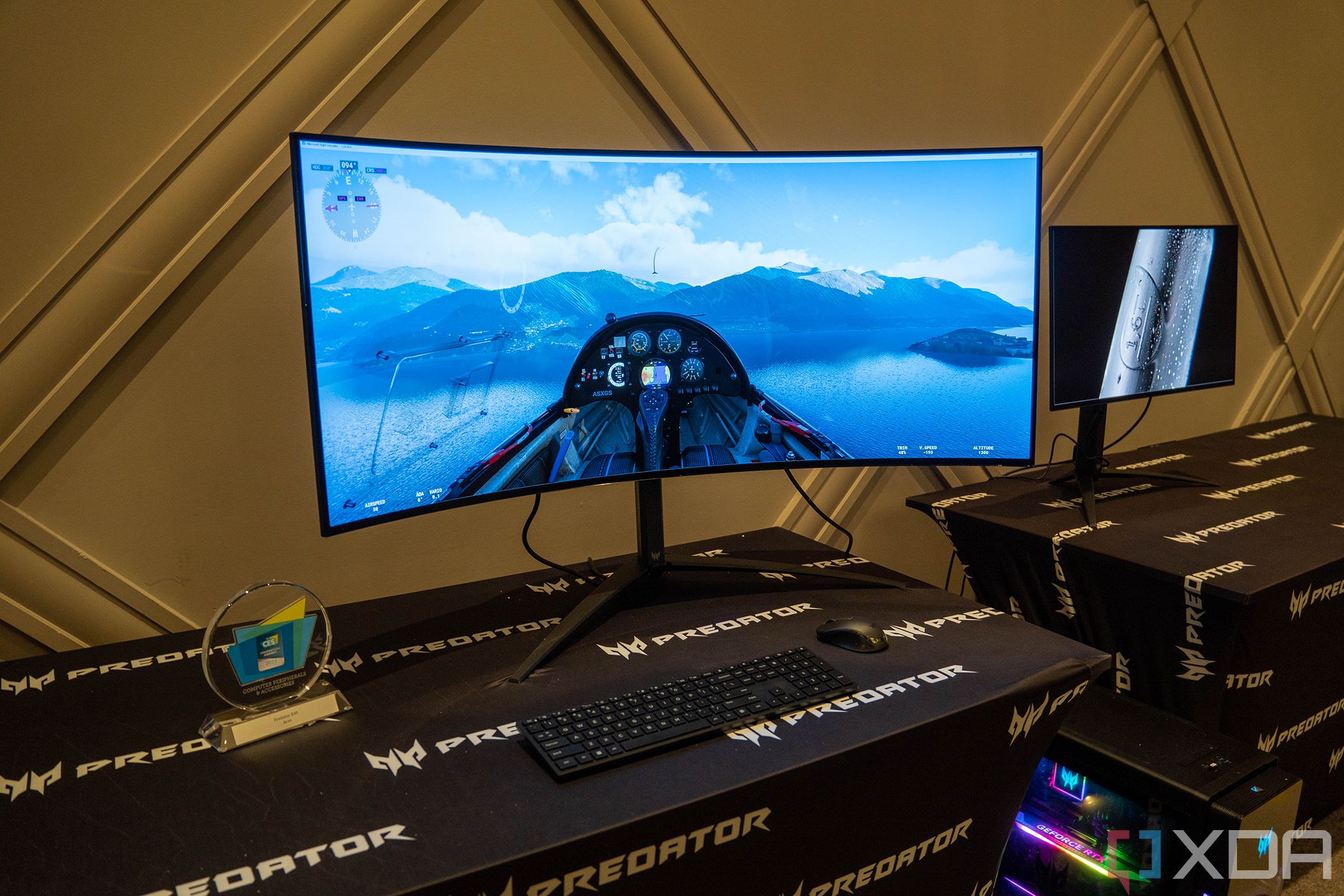
Related
Here are 6 real ways to avoid bottlenecks on your gaming PC
Bottlenecking is easily avoided if you make careful choices when building your gaming PC
5 Low polling rate peripherals
Often beyond suspicion
You might have spent two grand on flagship components, but if you're using your ancient keyboard and mouse, your gaming performance can suffer. This is especially true for competitive games, where every reduction in latency matters. If your peripherals have a low polling rate, i.e., the rate at which they send data to the computer, your games might feel laggy. You'd be wondering about the culprit while completely ignoring your keyboard and mouse.
The total latency of a PC includes the input latency contributed by your peripherals. You might still be using an old office keyboard and mouse with your high-end rig, thinking there's no harm in doing so. The polling rate of these models, however, is often around 125Hz, compared to 1000Hz on most modern gaming keyboards and mice, with some even reaching 8,000Hz.
While you don't need those 8kHz gaming mice to have a great gaming session, the 125Hz keyboard and mouse need to be replaced ASAP.
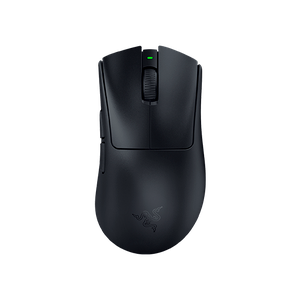
Brand Razer
Weight 55 g
RGB Lighting No
Programmable Buttons Yes (8)
Connectivity Wired and Wireless
Battery Life Up to 100 hours
The Razer DeathAdder V3 Hyperspeed offers a 55 g ultra-lightweight and ergonomic design with up to 100 hours of battery life. The optional HyperPolling wireless dongle can upgrade its polling rate to 8,000Hz.
4 Intensive background apps
Their benefits might not be worth it
You might think that the effect of background programs on a PC with, say, an RTX 5080 and Ryzen 7 9800X3D, will be negligible. In reality, even a PC with these flagship parts can exhibit microstutters if you have demanding background applications constantly fighting for resources. These programs can range from the usual suspects like Wallpaper Engine and RGB software like SignalRGB to first-party manufacturer software like Gigabyte Control Center and MSI Dragon Center.
These programs are often unnecessary and can be safely removed to enjoy a far superior gaming experience. Even if they aren't causing stuttering in games, they might be holding back your CPU and GPU from their maximum performance. A few extra frames might not feel like a lot when you're enjoying triple-digit FPS, but it's at least worth checking if disabling or removing these background programs improves your performance. You can then decide whether to keep them disabled permanently.
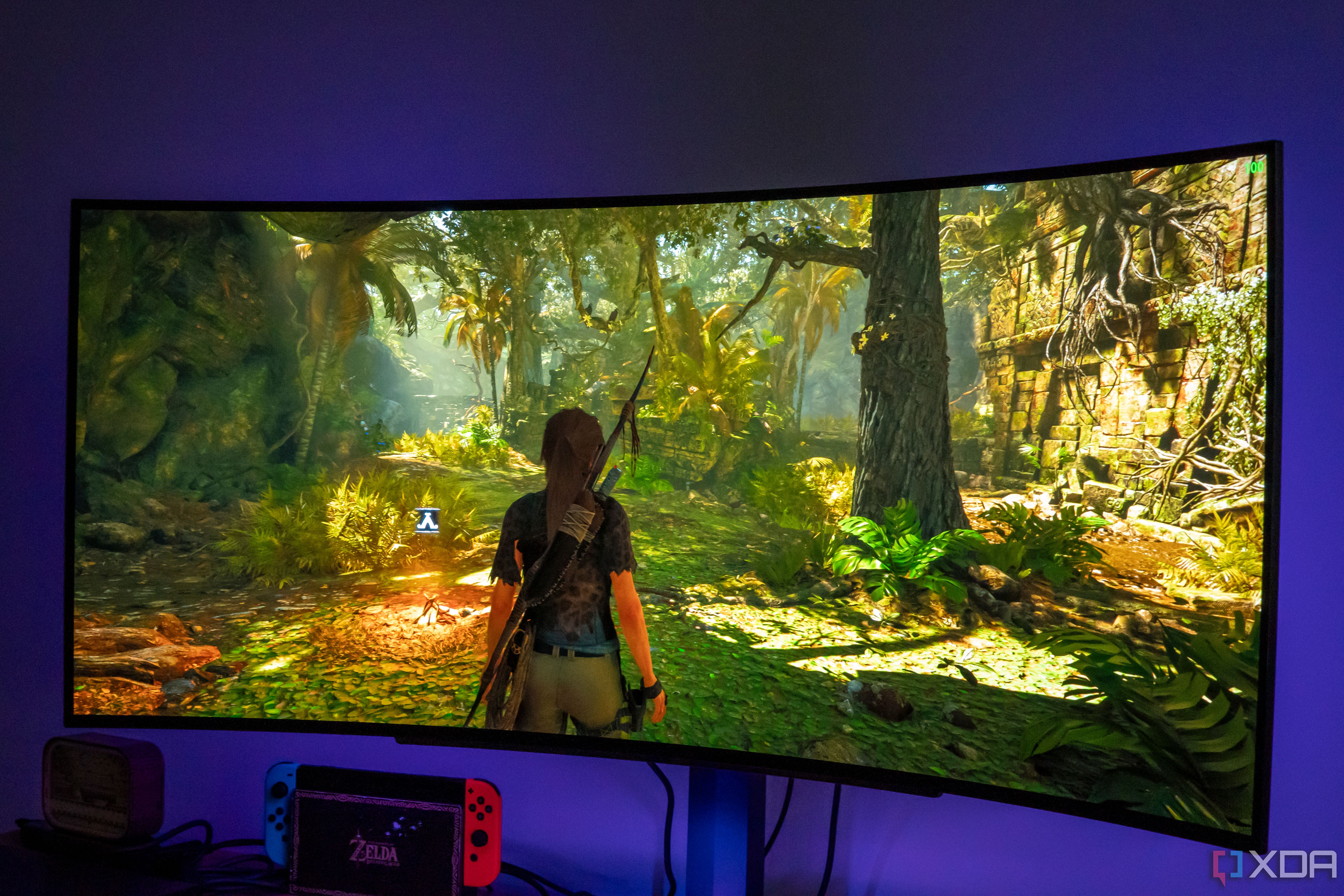
Related
7 things that might be secretly tanking your gaming FPS
All sorts of hardware and software elements can have an impact on your gaming performance. Here's what to look out for.
3 Thermal throttling
Remove all sources of overheating
Thermal throttling, or your PC limiting performance in thermally challenged conditions, can be a big reason behind random stutters in games. The chances of thermal throttling are obviously high on high-end hardware. The more power-hungry your CPU and GPU are, the greater the possibility is that they will hit their thermal limits. Even if you have a high-end liquid cooler or enough fans in your case, thermal throttling can sneak up on you.
Bad airflow might be one of the reasons. A PC with plenty of fans but unoptimized airflow can result in a lack of fresh air inside the case, resulting in a gradual temperature increase on the CPU, GPU, RAM, or storage. Maybe you haven't tuned your fan curves correctly, due to which the CPU cooler and fans don't ramp up enough when the PC is under load. Ignoring cable management can also contribute to hotspots inside the build, raising temperatures further.
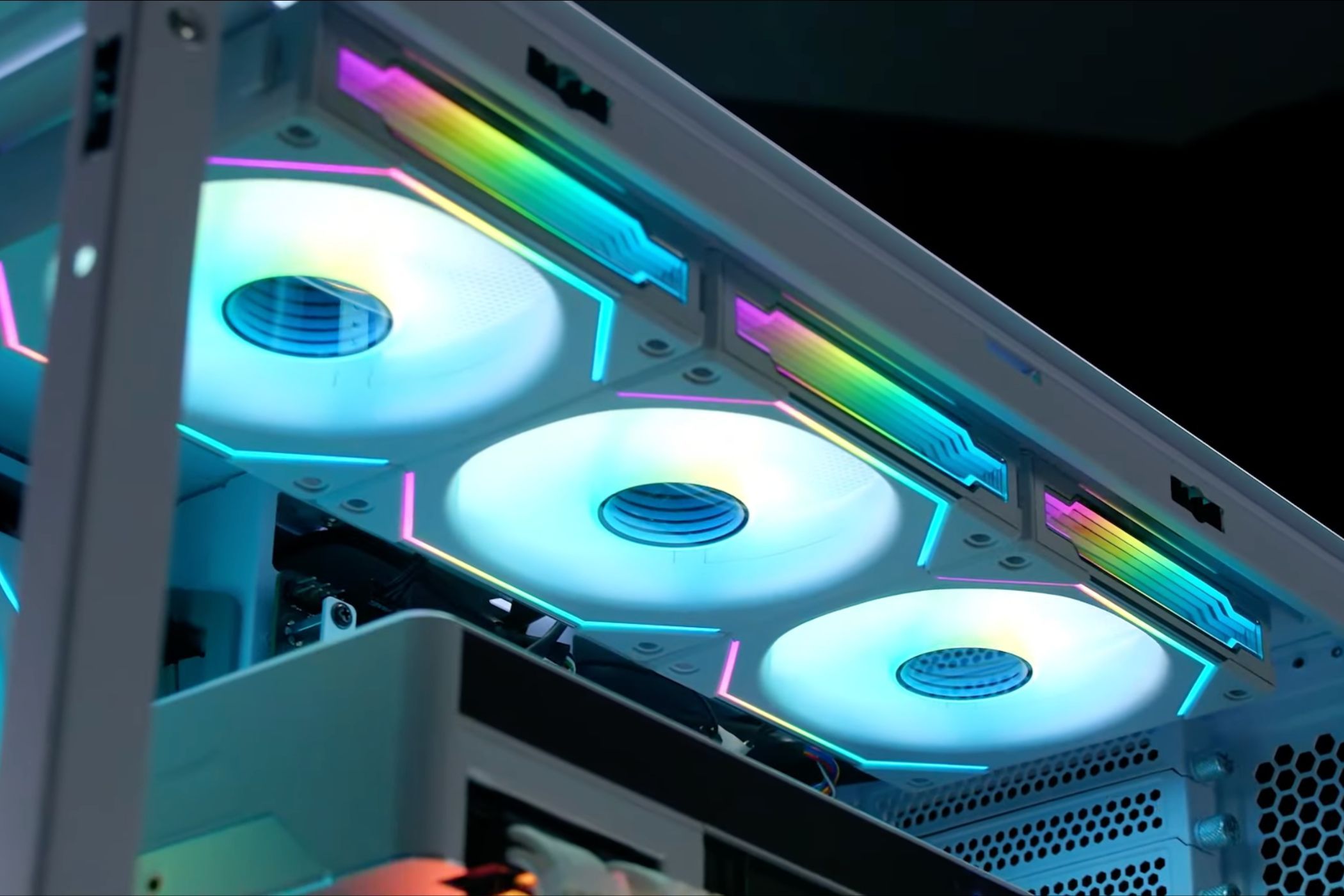
Related
3 ways to improve your PC's airflow without buying more fans
Not a fan of more fans? Here's how to make the most of the ones you have.
2 A nearly full SSD
You're choking your storage
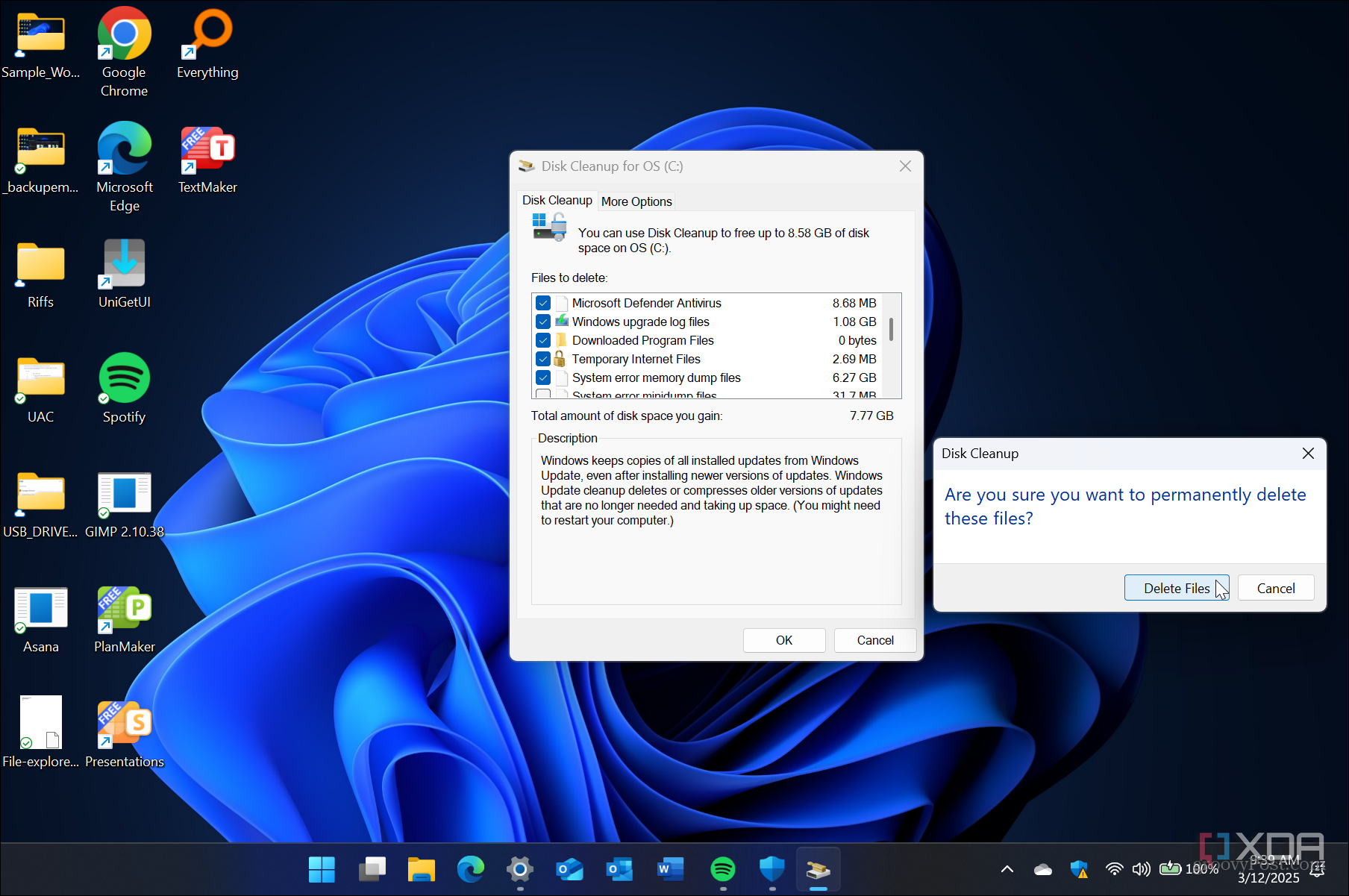
Your high-end rig might have a high-end SSD, maybe even a Gen5 model, but that doesn't mean it can't suffer from the same limitations affecting every storage drive. An SSD that doesn't have enough free space can become a bottleneck for your PC's performance in gaming and otherwise. If your drive is struggling to allocate space for game data or streaming assets during a gaming session, this can sometimes result in slow loading times or microstutters.
It's often advised to keep 10-20% of your SSD empty so that the drive always has available cells to move data around. Although overprovisioning already keeps some amount of space unused on an SSD, you can eliminate storage-based stutters by keeping some more space free on your drive.
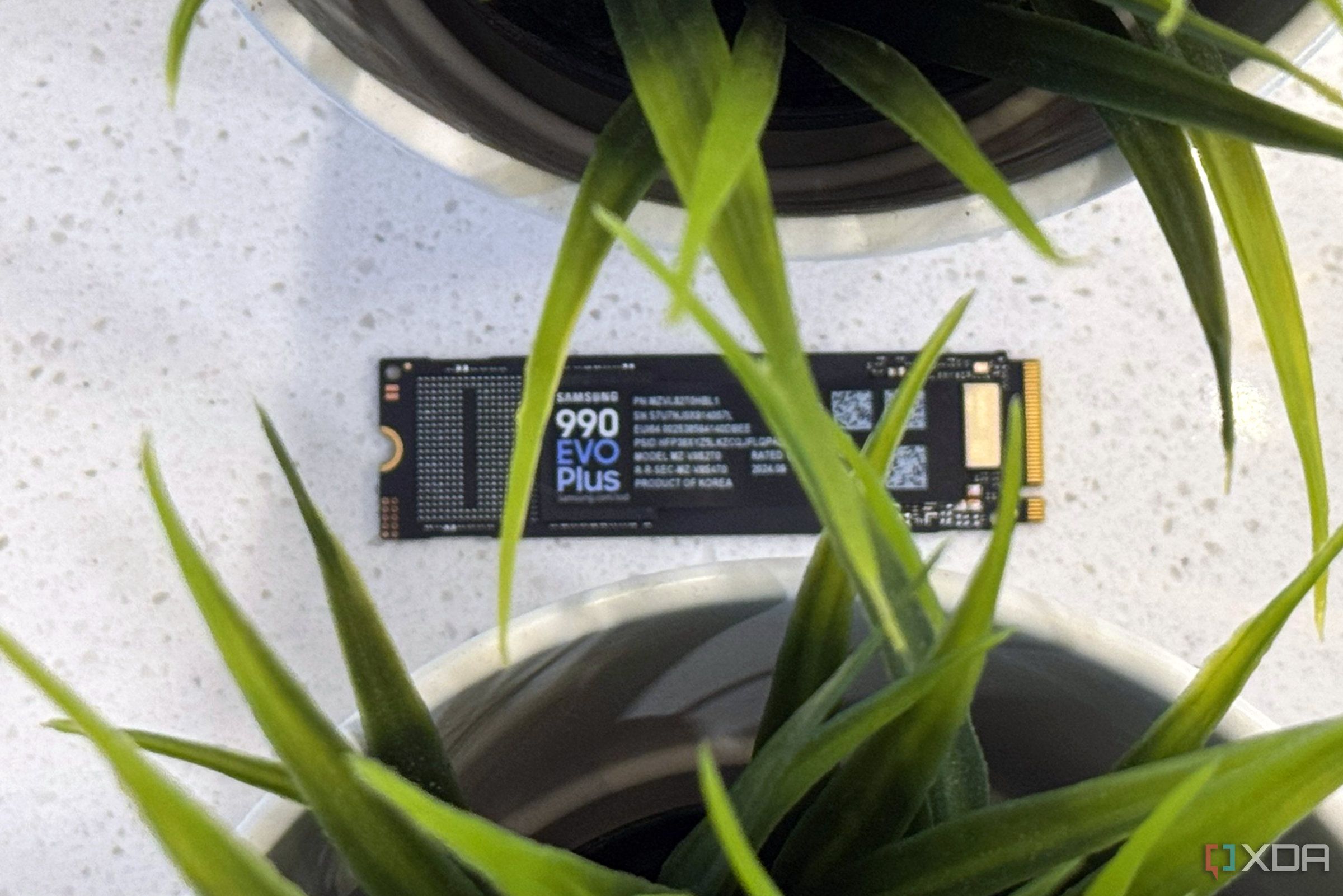
Related
7 ways to optimize an SSD for longevity and performance
Keep your SSD running better for longer with some simple tips.
1 A CPU bottleneck
Your high-end GPU might be suffering
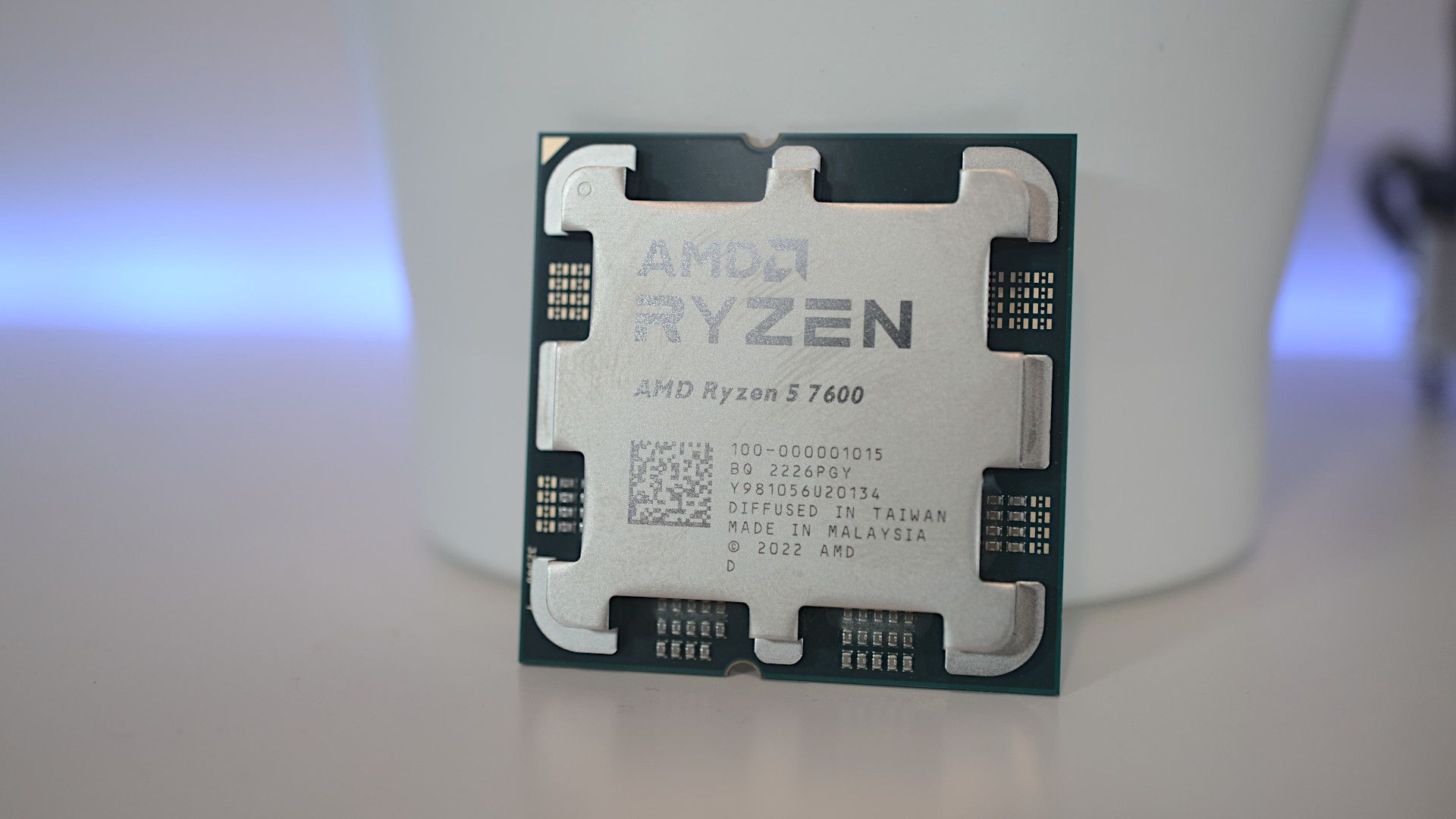
Source: XDA-Developers
Many users pair a high-end GPU with a somewhat modest CPU even on an expensive rig, and since most games are GPU-bound at higher resolutions, this isn't a big problem. That said, a budget or weaker CPU can become a bottleneck for your high-end GPU (in some scenarios), which might result in stutters in the form of poor 1% and 0.1% lows.
This inconsistent frame time can ruin your otherwise excellent FPS, leaving you fuming at the performance of your supposedly high-end rig. In some CPU-demanding titles, this effect can be more prominent, even at higher resolutions. You might not see this on PCs with 8-core CPUs, but I know many builders who'd still go for 6-core CPUs for gaming, no matter their budget. In such cases, occasional stuttering in games is certainly possible.
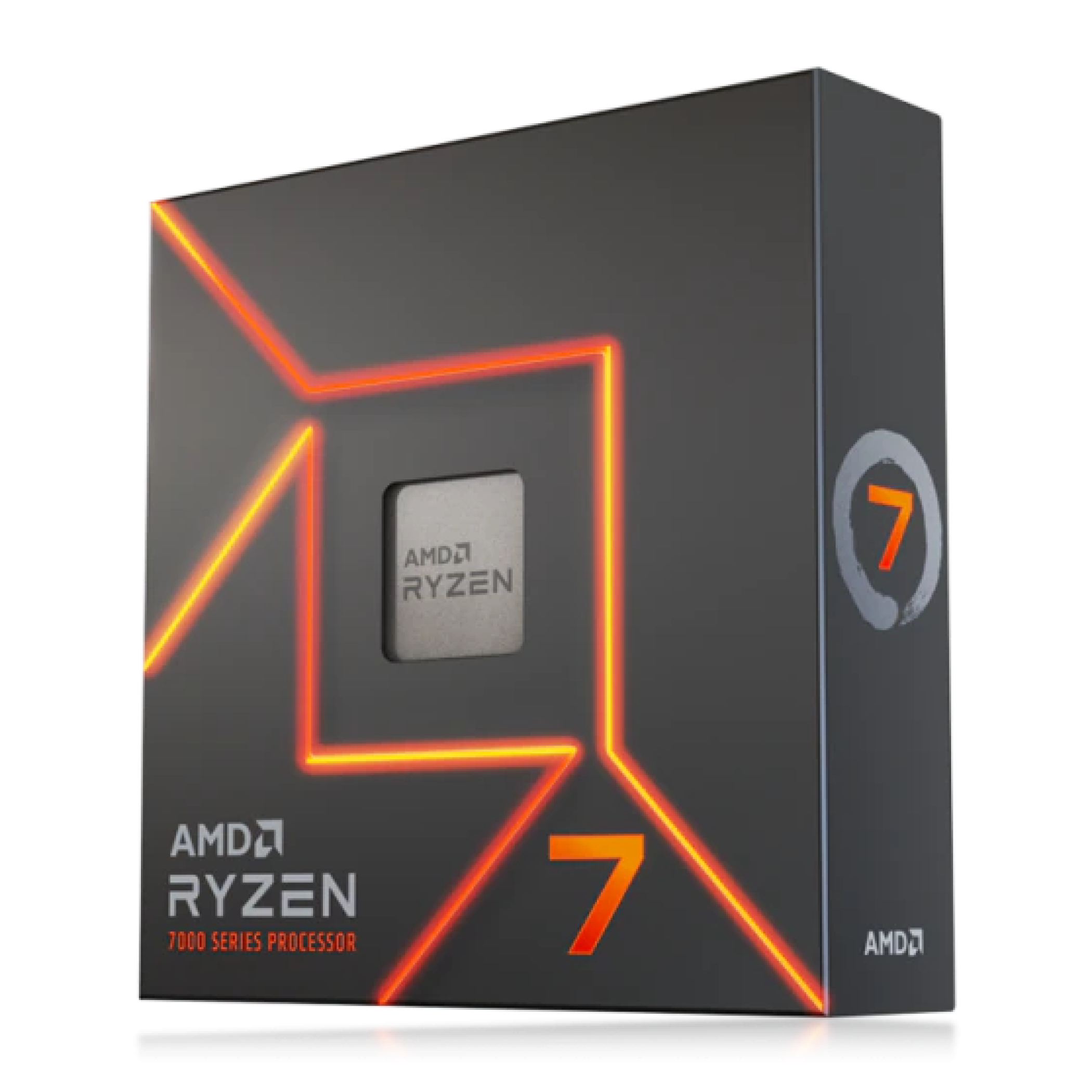
Brand AMD
CPU Model Ryzen 7 7700X
CPU Socket AM5
Cores 8
Threads 16
Architecture Zen 4
The AMD Ryzen 7 7700X is one of the most powerful processors on the market right now, with 8 cores and 16 threads for top-tier desktop performance.
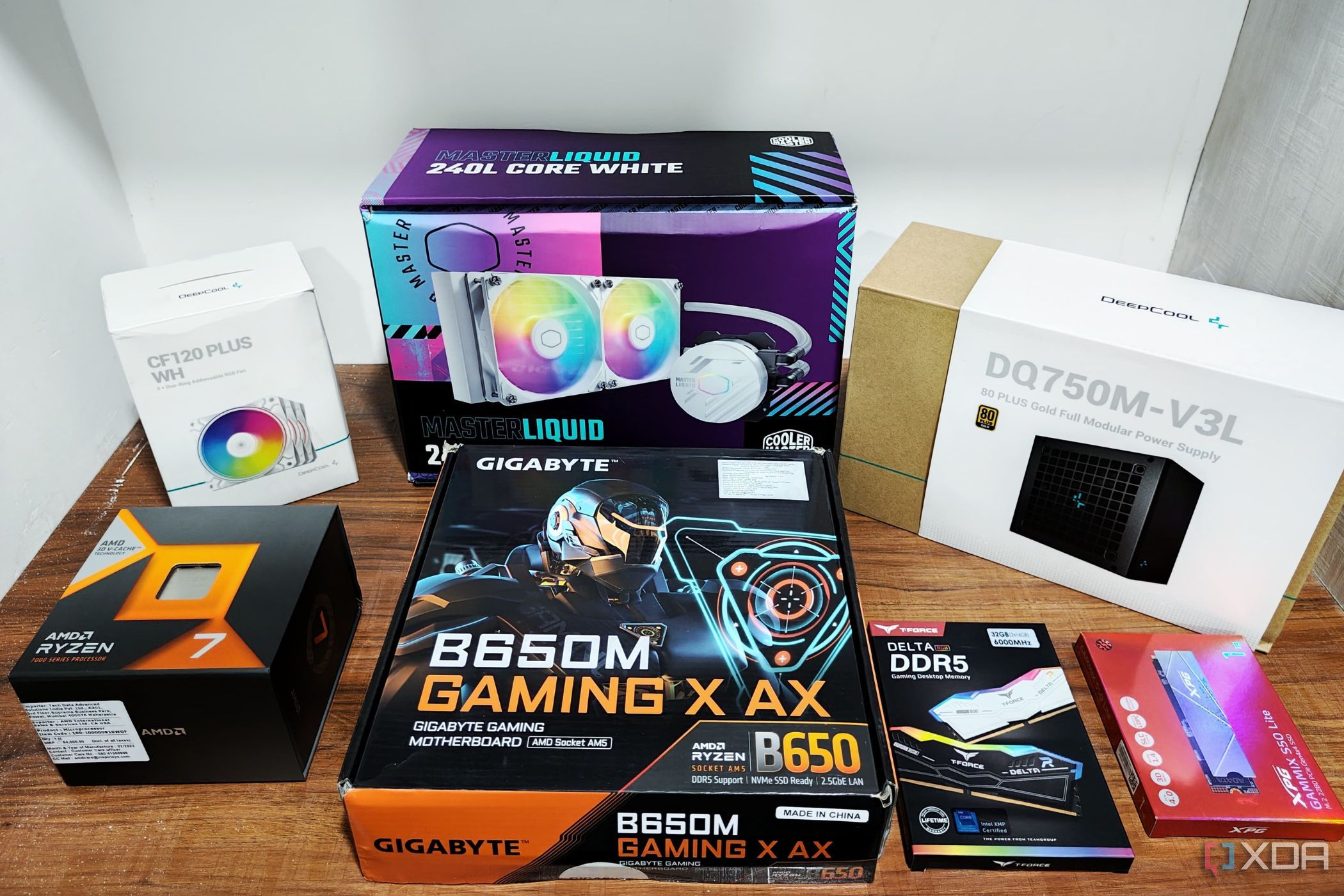
Related
6 tips I always recommend for building a balanced gaming PC
Building a balanced gaming PC sounds abstract, so let's break down the tips to help you build one
"Did I stutter?"
Even your high-end gaming rig can stutter in games, and despite a high average FPS, you won't be able to enjoy a great gaming experience. It's difficult to accurately pinpoint the reason behind microstutters, but by inspecting your CPU, SSD, PC temperatures, and background programs, you can at least start eliminating the potential culprits. It sucks to experience this after spending a fortune on flagship components, but that's the gig — as a PC user, you have to become a diagnostics expert.
.png)
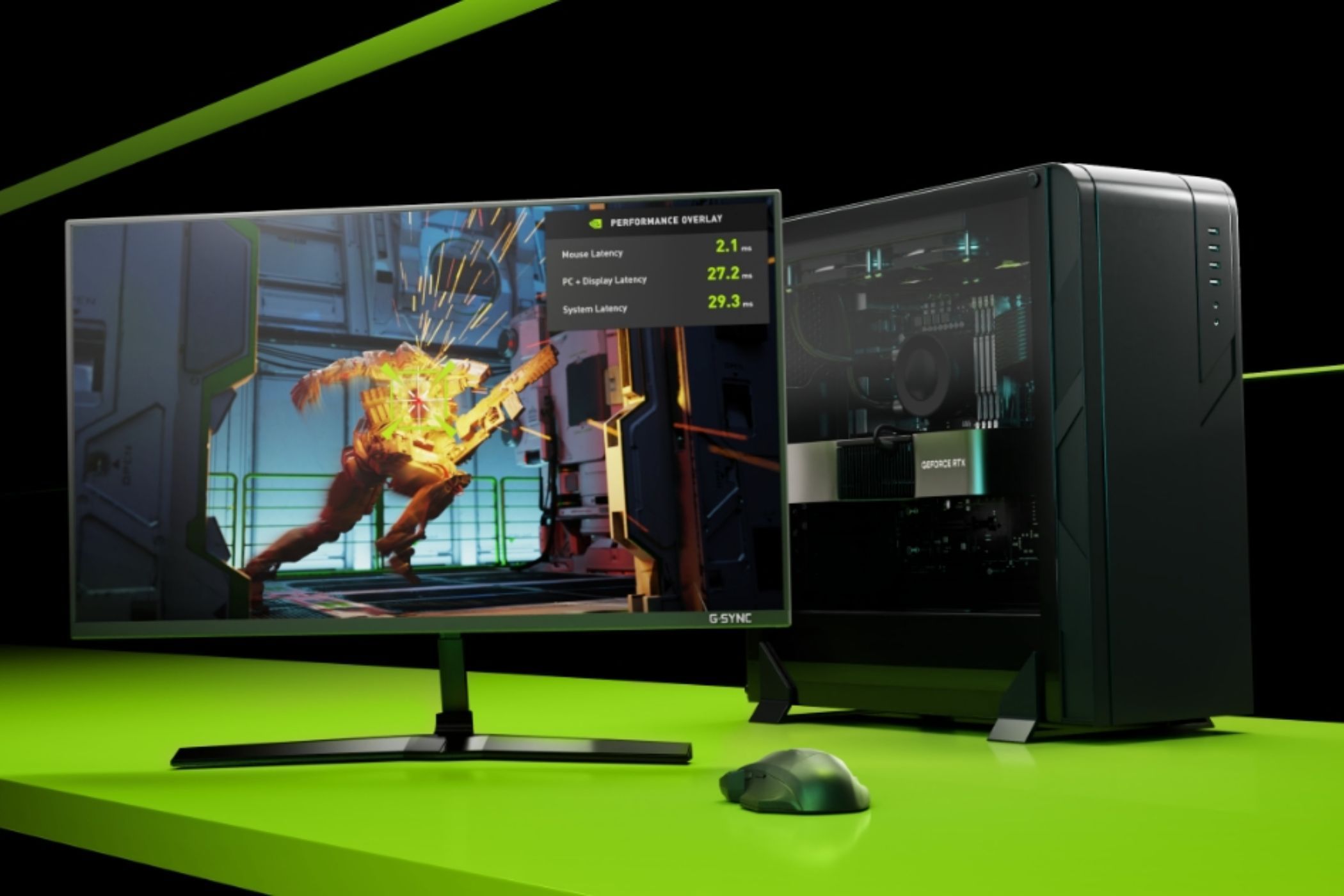









 English (US) ·
English (US) ·